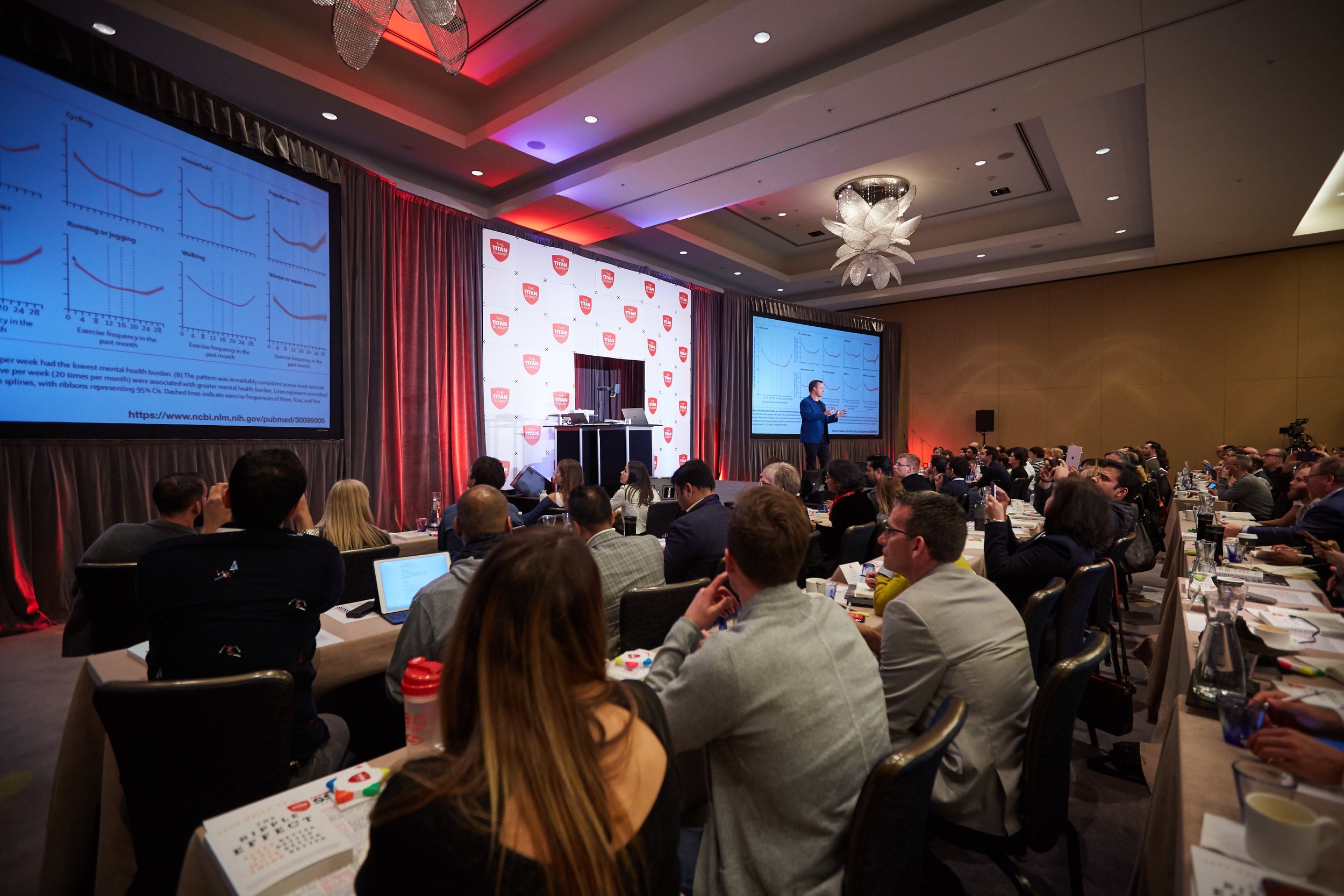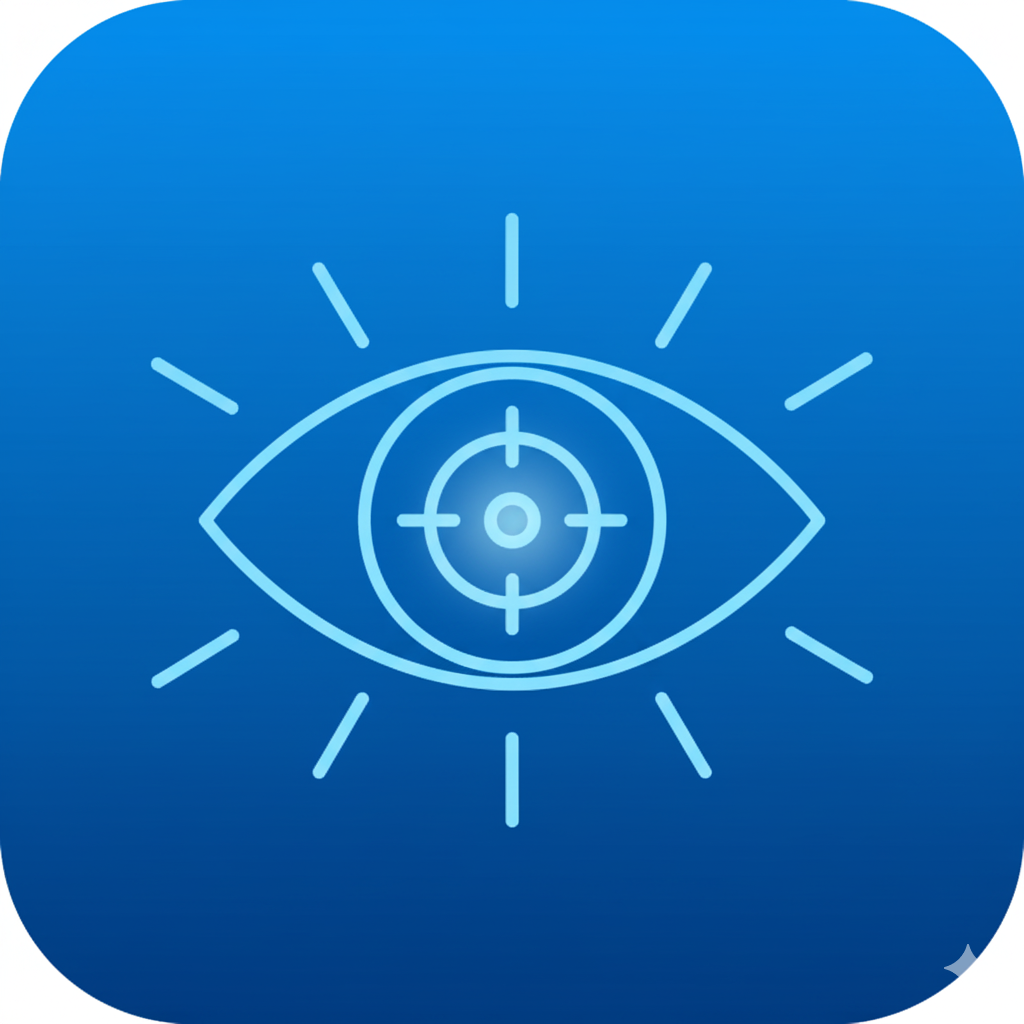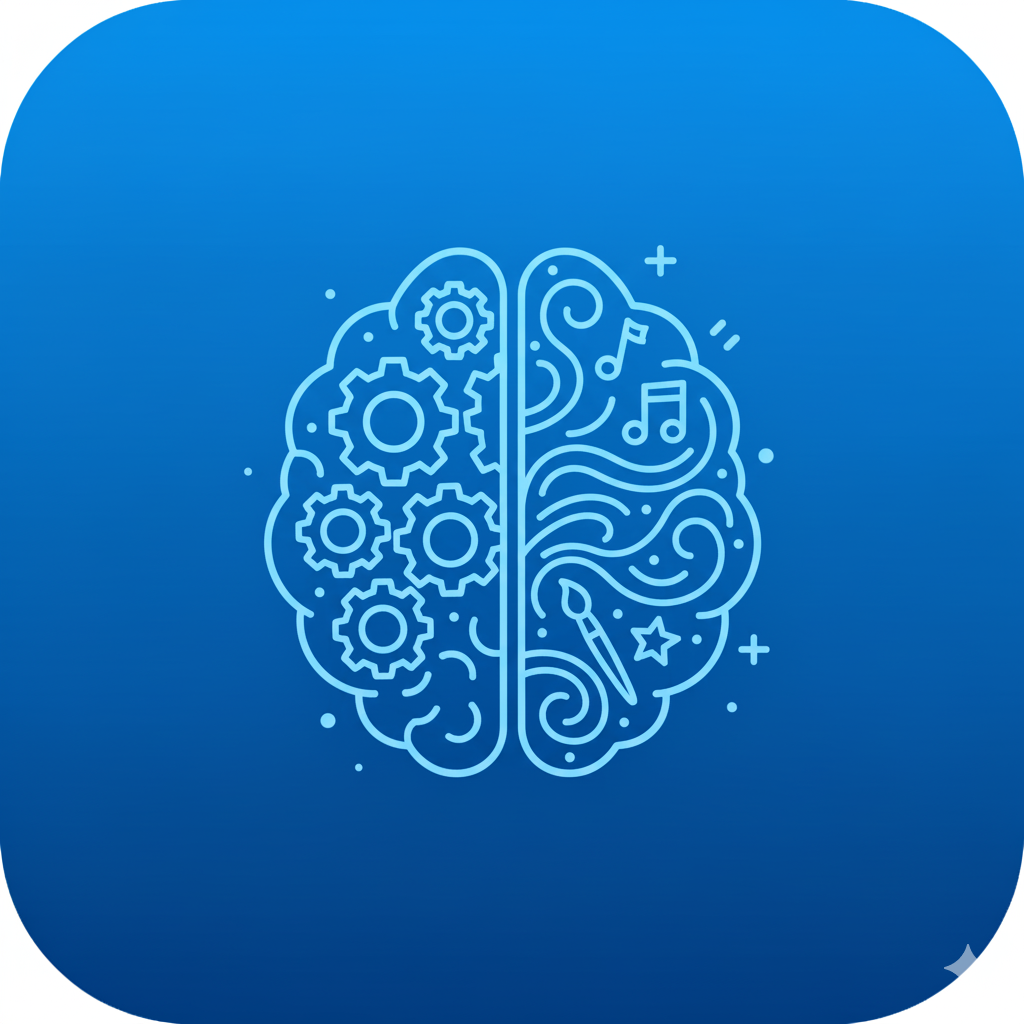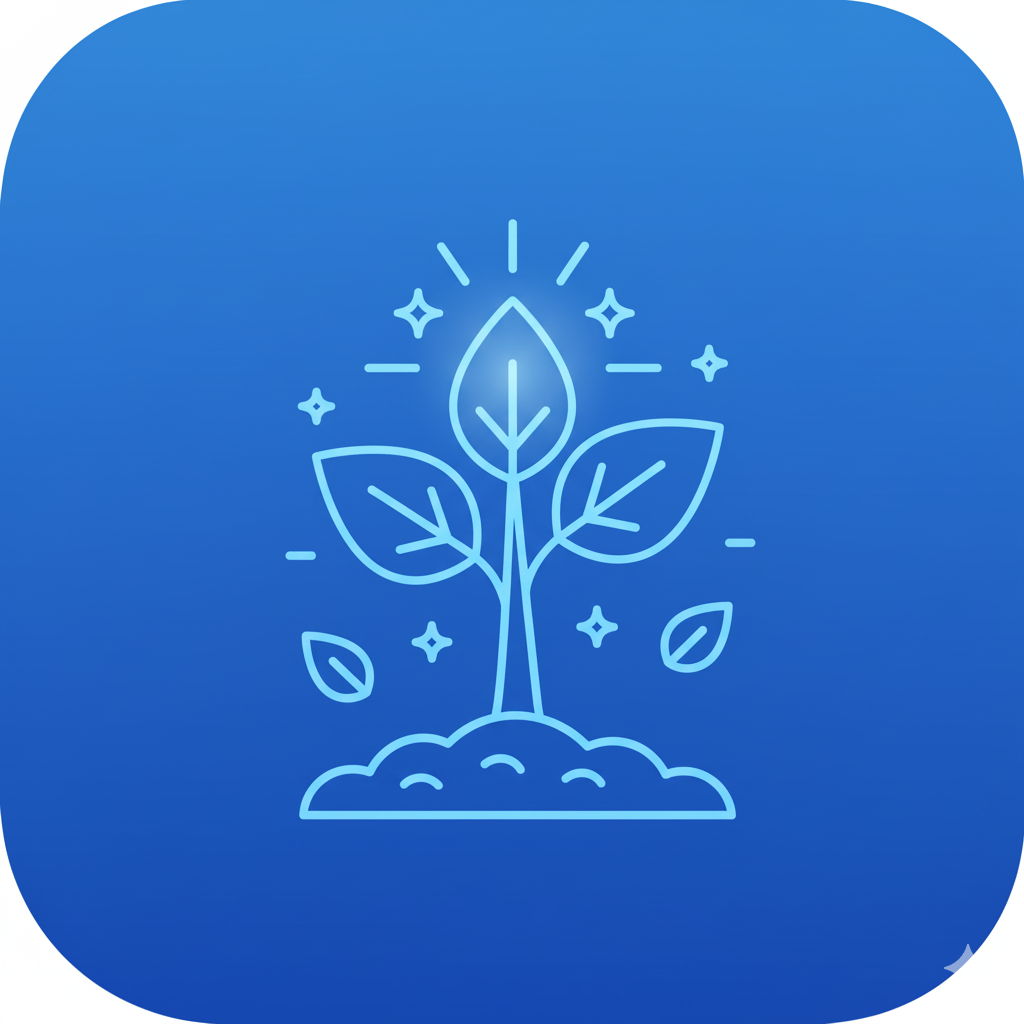
Articles
Move your body to boost your brain
You also might have noticed that when you exercise regularly you have improved quality of sleep and are able to make better food choices. Basically - when you prioritize exercise, all other aspects of your health and performance improve!
Tracking Heart Rate Variability: A Mini Case Study
In recent years, technology has advanced to the point where we can measure stress on the spot using a wearable device, such as the Apple watch, or through an app that uses the phone camera. By simply measuring your heart rate for a minute, you’ll get a stress score through something called Heart Rate Variability (HRV).
Unlock Creativity with Moving Meditation
There are ways we can manipulate our internal and external environment to help us enter into a Theta brainwave state more often, such as seeking solitude, changing scenery, and releasing tension from the body. This week we’re going to dive into one of the most powerful hacks to enter into a state of creativity: moving meditation
What should I eat after my workout?
Post-workout nutrition is almost as important as the workout itself. Just like sleep, good nutrition is essential for recovery. Prioritizing post-workout nutrition will help you take advantage of the work you just did, help you feel good for the rest of the day, and help you recover faster for your next workout!
What should I eat during exercise?
Having a good pre-exercise meal or snack will make a huge difference to your exercise performance and will help avoid gastrointestinal discomfort during exercise. But what about fuel during your workout?
The 4th "F" of Fitness: Get Fit
This week, we’re going to dive into the fourth and final “F” of Fitness: Fit, or cardiovascular endurance. Endurance training is any sort of exercise in which you’re moving your body for an extended period of time. Typical endurance activities include jogging, cycling, hiking, swimming, rowing, etc. However, endurance activities also include household chores, cooking, walking a pet, or low-impact sports such as golf.
What should I eat before my workout?
A question that comes up a lot is ‘what and when should I eat before my workout?’ The timing and composition of your nutrition can make huge differences to your athletic performance. Understanding how to fuel your body is important for everyone - whether you are an elite athlete or if you just want to be healthy enough to run around with your kids.
Sprint your way to better health
Sprint interval training, speed work, high intensity interval training, and high intensity intermittent exercise are all considered “fast” workouts. Simply - any workout in which you are varying the pace of your workout session
How do I know if I'm recovering optimally?
If we’re exposed to high levels of stress repeatedly without sufficient time to recover, we become exhausted, burned out, stressed, and unable to make good decisions surrounding our health and wellbeing. But if we allow ourselves to have proper rest (both physically and mentally), we are able to amplify our performance - at work and at home.
Strengthen your muscles to boost your health
Strength training, or resistance training, is any form of exercise in which your muscles are working against a resistance to produce force. While there are many different variations of resistance training, people tend to love it or hate it. For those of you who are nervous about strength training, here is a basic overview of why you should do it, how to start a strength training program, and why it's not as daunting as you might think!
Sleep to Move and Move to Sleep!
If you’ve been with us for a while or participated in any of our programs, you’ll know that one of our main principles is how connected the body is. Sleeping well leads to better eating habits. Proper nutrition allows you to exercise more efficiently. Better physical health leads to better mental health. All of these lifestyle factors are interconnected and by improving one aspect of your health, you can improve the others and amplify your performance. This is what we call the ripple effect.
What's the deal with Heart Rate Variability?
You might have heard the term ‘Heart Rate Variability’ thrown around in the past couple of years. With the recent advances in wearable technology, many fitness trackers and health apps have added this functionality to their list of features, such as VIIVIO, Oura Ring, and Whoop.
Stretching: More than just injury prevention
I’m sure you’ve heard countless times that you should be stretching on a regular basis. If you’ve participated in any of our programs, you might remember the 4 “F”s of Fitness: Fit (aerobic training), Force (strength training), Fast (interval training), and Flex (flexibility training), which should all be incorporated into your regular fitness routine. You’ve also probably noticed a difference between those times you’ve stretched after a workout and the times you didn’t. When you stretch, you feel good!
Moving for Mental Health
Physical activity has been shown to reduce symptoms of stress, anxiety, and depression. Studies have shown that people who are physically active tend to be happier people. And even a single bout of physical activity can boost mood! We know that for optimal physical health, you should get a mixture of aerobic, strength, and flexibility training. But what kind of physical activity should you do to improve mental health?
Exercise Snacks
In previous weeks, we’ve discussed one of the main dangers of working from home: too much sitting time. During a normal day at the office, the walks to and from your car, and to and from appointments and other commitments, all add up. These days, if you’re working from home, even if you’re getting in a lot of exercise otherwise, you’re probably sitting more than you ever have. This can be damaging to not only your physical health, but your mental health and work performance as well.
Find joy in movement
It’s time to stop thinking of exercise as a workout, and start thinking of it as just doing something you enjoy! Exercise doesn’t have to be running on the treadmill for an hour or counting down the minutes until your workout class is finished.
Sprinkle movement into your day
Instead of worrying so much about what exactly you should be doing, just get up and MOVE. Moving can be anything - setting an alarm every hour to stand up and stretch, doing a couple flights of stairs, or getting outside for a quick walk (provided you’re practicing social distancing!).
Energize Your Body to Engage Your Mind
Though body and mind are typically thought of as being separate, it’s helpful to consider them as a unit because they work together. For your mind to be engaged, your body needs to be energized. There is a growing body of research showing that physical activity improves brain function and facilitates learning, creativity and problem solving among other key functions. Even simple movements like walking get you physically energized and open up the possibility of creating beta wave activity in the brain, which is reflective of the brain state you need to be in if you have to work at a task or perform an action that requires your concentration.





























